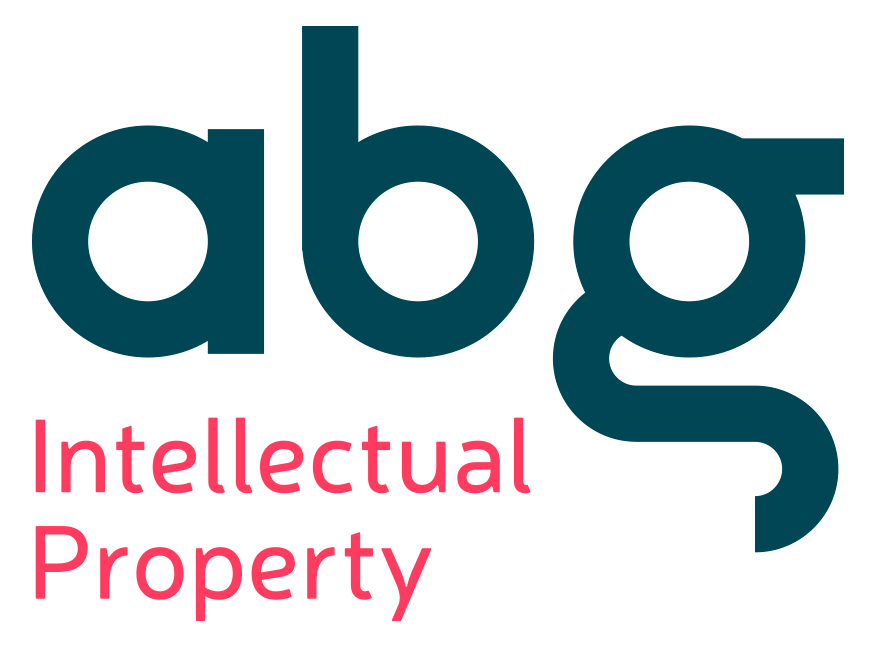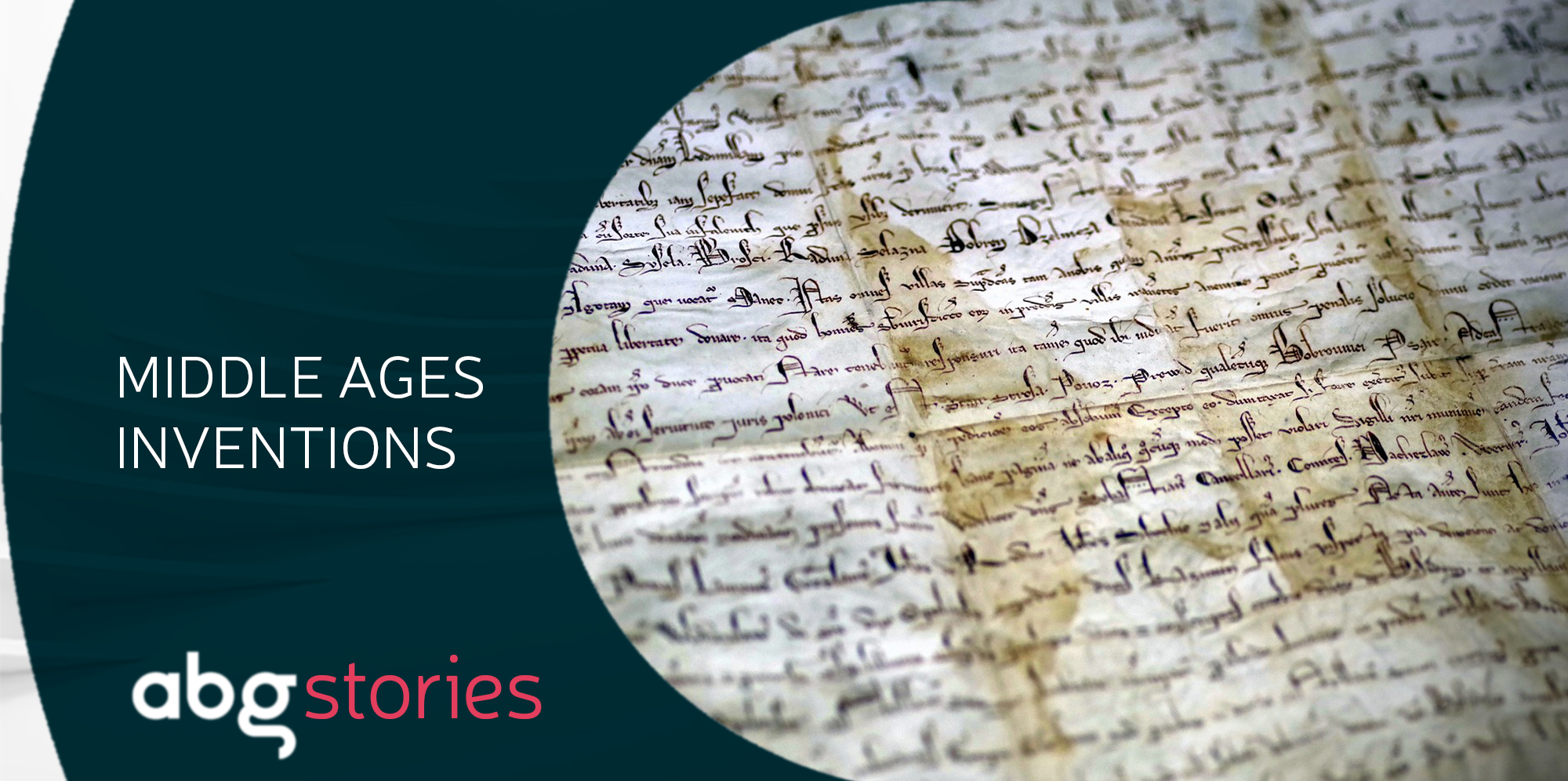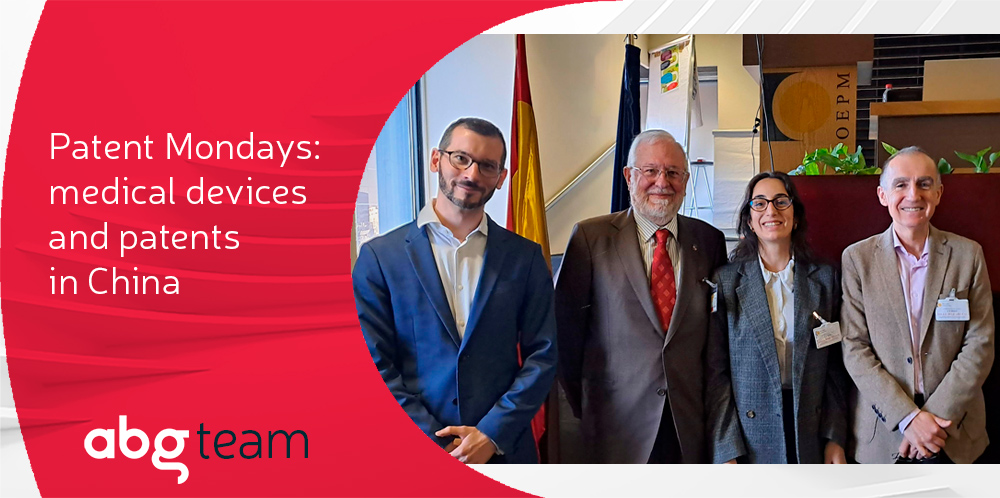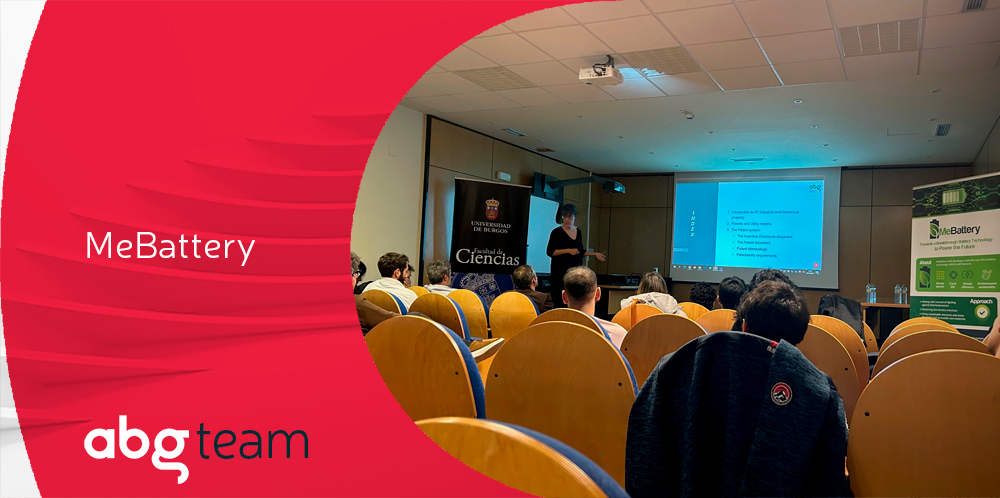Once upon a time, our ancestors looked upon the protection of inventions and works almost as a taboo. Classical and medieval societies did not look favourably on remuneration for carrying out certain jobs, especially those concerning the arts and science.
For centuries, emperors, monarchs and nobility considered all intellectual production should be done “for art’s sake”, free of mercantilism, because their purpose was the collective benefit. Such an approach only favoured the most privileged, whose livelihood came from other deeds.

In the Middle Ages, for example, when the vast part of the population was illiterate, only teachers and monks had access to culture and its dissemination was limited to copying reference works. Ironically, the so-called Dark Age of Western culture ended up lighting the way for a change in customs, social structures, and ideas.
Game of privileges
The armour of Western intellectual property started developing in Tuscany, while Italy was still a conglomerate of maritime republics. Florence witnessed the birth of the first patent in 1421, while Venice gave us the first law that looked after the interests of researchers and inventors in 1474.
Previously, in Spain, Alfonso X “The Wise” has been a pioneer of cultural and scientific promotion. In addition to his role as a monarch, he earned those of writer, musician, astronomer and economist. From the latter he created the rolled privileges, through which he granted an exclusive advantage (generally related to the exploitation of the land) to his subjects. These concessions inspired other administrative variants such as monopolies or invention privileges the purpose of which would already be to promote and protect innovation.
The first invention privilege of the Iberian Peninsula was granted by Isabella I of Castile to Pedro Azlor, his court physician, in 1478. The grantee obtained the right to the exclusive exploitation of all the mills in Castilla, as well as the development of grinding systems for all types of mills for the following 20 years. Although in the original document, Azlor is treated as “inventor”, other voices, such as that of Professor Nicolás García Tapia, seem certain that it was a licence, which leads one to think that the physician imported the idea from another territory.
This privilege is, today, the oldest document concerning Spanish Intellectual Property.
After the case of Azlor (which was granted directly by the queen), the concessions of the monarchs began to be processed and communicated through administrative bodies such as the Royal Councils and the Chambers. As an example of the latter, we have that of the Chamber of Castile, which in 1522 registered the privilege of invention whose holder was Guillén Cabier. A few weeks before the end of Juan Sebastián Elcano’s first circumnavigation of the world, this Catalan inventor had his ship, without sail or oars, making it ideal for calm seas, protected by Royal Writ.
Forerunner trademarks
Trademarks are the earliest IP modality of all time. Already in prehistory times, they were key for marking cattle, while ancient cultures such as the Egyptian, Greek and Roman made the “marking” of stone and ceramics a global trend. Even so, it was not until 1266 that all of this came to a successful completion.
The oldest trademark law (known so far) was passed in England, during Henry III’s reign. The kingdom forced its bakers to use a distinctive mark on all production to identify the bakery of origin, guarantee quality bread and avoid tax evasion. Hence, the British Parliament baptised the order as Bakers Marking Law.

First infringements of the other (in Spain) IP
Parallel to the industrial protection supported by leaders of all kinds, the need to preserve copyrights was gaining approval.
The counterpoint to the cloistered knowledge of workshops and libraries was provided by the figure of the minstrels. Due to its popular and nomadic nature, it was the best transmitter of culture in the late Middle Ages.

They memorised deeds, news, legends and other jokes of the time and recited them before the common people with the mission of entertaining and informing. That oral narration devoid of their own authorship makes them the ancestors of today’s interpreters and/or performers.
With the advance of the centuries, the figure of the minstrel has evolved. His repertoire also improved and began to draw on the creations of the troubadours, poets whose backgrounds were among the ancestral nobility, and who only performed for private audiences. That is, the ancestors of the author of our days.
The years of coexistence between one and the other brought the first artistic squabbles to the surface. Adding to the class distinction, there were a series of factors such as the fact that minstrels created their own guilds and ventured into the field of composition. The troubadour ranks were not only annoyed by labour intrusion but also harshly criticised the minstrels for not being faithful to the works when adapting them (like writers versus screenwriters). They were the first vestiges of IP infringement (or of the other IP, in the case of Spain, where we know it as intellectual property).
Patent Evolution
The irruption of Guttenberg’s modern printing press and its trailblazing expansion from 1450 democratised the dissemination of all kinds of knowledge. Contents expanded. In the case of invention privileges, they became more complete, since they began to include more detailed descriptions and illustrations of the inventions registered.
Century by century, the importance of protecting ideas and obtaining exclusive rights for their exploitation was consolidating both in the field of industrial and intellectual property and across society as a whole. The decision about who should benefit from such rights left the circle of the privileged classes to be made in more professional environments.
The Universal Declaration of Human Rights of 1948 made room for IP in its Article 27/2. This article specifies that everyone has the right to the protection of the moral and material interests resulting from any scientific, literary or artistic production of which they’re the author.
In our 21st century, patent and trademark protection systems continue to evolve to achieve stricter control concerning registration, something that will leave an improved record of our time’s advancements in the pages of history.
Acknowledgments
This ABGstories -and especially its paragraph First infringements of the other (in Spain) IP- has been inspired by the Memories of a Drum podcast, episode 74, led by José Carlos Gracia, whose informative work we appreciate from ABG IP.
Pedro Azlor & Guillén Cabier portraits by Eulogia Merle, Fundación Española para la Ciencia y la Tecnología. CC BY-SA 4.0
